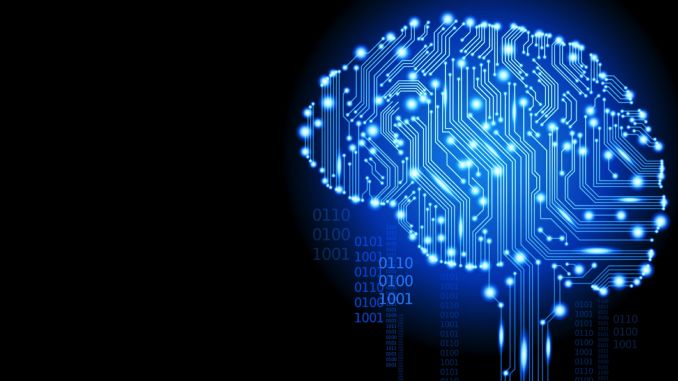
Recently, China’s new-generation artificial intelligence development strategy research institute has released two special reports under its “Intelligent Intelligence-Driven Smart Industry Development†and “Next-Generation Artificial Intelligence Industry Regional Development Competitiveness Evaluation Index†at Nankai University. The true portrayal and analysis of the basic form, structure, and dynamic mechanism of China's smart economy development. Liu Gang, director of the Institute of Economics at Nankai University, interpreted the report.
Interpretation and Summary of "The Development of Intelligent Industry Driven by New Generation Artificial Intelligence Technology"
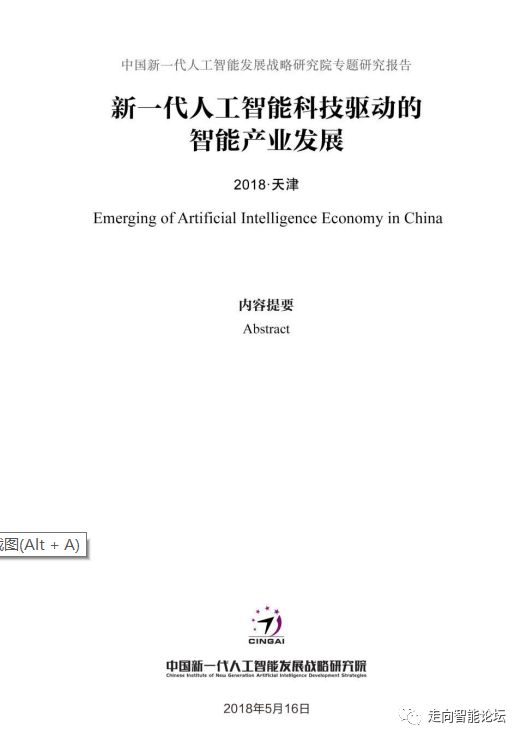
On the morning of May 15, on the occasion of the 2nd World Smart Conference, the new generation of artificial intelligence development strategy research institute in China released the new generation of artificial intelligence technology driven intelligent industry development and new Two Special Topics for a Generational Regional Competitiveness Evaluation Index for Artificial Intelligence Industry. Liu Gang, chief economist of the Institute for the Development of Strategic Intelligence at China’s new generation of artificial intelligence and director of the Institute of Economics at Nankai University, interpreted the report.
What is the basis for the evaluation of the “New Generation of Artificial Intelligence-Driven Smart Industry†report?
In order to truly portray and analyze the basic forms, structures, and dynamic mechanisms of China's smart economy development, on the basis of a combination of actual investigation and big data analysis, the report included the establishment of 408 smart companies, 73 universities, and 56 non-university research institutions. , 138 sessions of the 2017 China Conference, 84 industrial alliances, 834 investors, 18 provinces, municipalities and autonomous regions and 13 hot-spot cities, including China's smart economic sample database, have also become the main basis for this evaluation. .
Where does China's economic intelligence demand come from?
As the engine of the fourth industrial revolution, smart technology and economy are born in the development of China in the intelligent demand created by the economic transformation and upgrading. The intelligent demand for the Chinese economy comes from three aspects: first, the development of the Internet, especially the mobile Internet and the Internet of Things; second, the change in the demand structure and the increase in the complexity of the economic society, especially in economic and social production and life. The emergence of many consumer and social "pain points" has given rise to intelligent solutions; the third is constraints on the labor force, resources, and the environment. The three endogenous needs together form a side of the intelligent technology and industrial development in China.
What is the status and structure of China's smart economy development?
The time for the creation of smart companies in China was concentrated between 2010 and 2016, with the peaks appearing in 2014. Beijing, Guangdong, Shanghai, Zhejiang, and Jiangsu are the regions with the highest concentration of smart companies, with Beijing accounting for 43.9%. 77.7% of smart companies are distributed in the application layer, and the proportion of enterprises in the base layer and technology layer is relatively low. Among the core technologies that smart companies rely on, machine learning, big data and cloud computing, and robotics are among the top three. Smart companies in China are widely distributed in 17 application areas including enterprise technology integration and solution provision, key technology R&D application platforms, intelligent hardware and intelligent manufacturing.
What is the "hidden order" in the development of China's smart economy?
As the “hidden order†of the internal logic of China’s smart economy development, it is manifested as the rules and methods of how multi-innovation agents interact and interact in the process of adapting to the needs of economic intelligence. The platform-led innovation ecosystem promotes the integration of smart technology with the economy and society through digitalization and intelligent empowerment. It not only generates new technologies, new products, new formats and new models, but also triggers a series of organizations and systems. Change has become the leader in the development of China’s smart economy.
At least a quarter of the core human capital in the development of smart companies has had the learning and work experience of foreign universities, research institutes, R&D institutions and companies. The technology empowerment of smart companies are almost all domestic enterprises, and 22.6% of the technology input relationship comes from foreign companies and institutions. The key investors in the smart industry include not only investment institutions but also non-investment institutions. Among them, Tencent, Alibaba, Baidu, Lenovo, Jingdong, Xiaomi, Fosun International and Ant Financial are the most active investors in non-investment institutions.
What are the main driving forces for the development of China's smart economy?
The positive response of platform-led innovation ecosystems, new incubators, new innovation zones, and government policies constitutes the main driving force for the development of China's smart economy. In the development process, the platform has evolved from a pure trading platform and an innovative enterprise to a nested innovation ecosystem that includes several sub-platforms.
The emergence of new incubator organizations and models of "platform + empower + developer" has accelerated the integration of smart technology with economy and society. The aggregation and network interaction of multiple innovative entities have made the new innovative regions distributed in the central and sub-central districts of the city a space “polarization†carrier for intelligent technological innovation and industrial development. The introduction of local government policies and the planning and construction of professional industrial parks are more indicative of positive responses to the actual needs of local smart companies and industrial development.
What are the "polarization" trends in China's smart technology and economic development?
"Polarization" first manifests itself in the agglomeration of regions, especially the gathering of the smart economy in the eastern coastal areas of Beijing, Tianjin, the Yangtze River Delta, and the hot spots of the Pearl River Delta region. New innovation areas are often distributed in the central and sub-central areas of large cities. They include platform companies, innovative companies, start-up companies, universities, research institutes, new research and development institutions, investors, linkers, and other organizations. The multi-innovation subjects collaborate in innovation and cluster.
While smart technology and economy are “polarized†in the new innovation zone, they continue to “spread†in other regions through the expansion of the platform-led innovation ecosystem and the off-site development of new hatchery organizations. Platform enterprises based on data ecology are the leaders of smart economy, which further accelerates the application and commercialization of smart technology.
What are the evaluation indicators for the "Analysis Index for the Development Competitiveness of the Next Generation Artificial Intelligence Industry Region"?
Based on a database of 1624 samples including smart companies, universities and non-university research institutes, investors (investment agencies and non-investment institutions), linkers (conferences and industry alliances), and government, including six first-level indicators (Individual capacity, financing capacity, innovative capacity of universities and non-university research institutions, linker's ability to connect, government responsiveness and openness of innovation ecosystem) and index system including 19 secondary indicators, reports on China's smart industry The level of regional competitiveness has been evaluated. The ultimate goal of the evaluation index is to provide diagnostics for all regions, and backward regions achieve better development by drawing on well-developed regional experiences.
What is the ranking of China's smart industry regional competitiveness evaluation index?
In the ranking of China's smart industry regional competitiveness index, Beijing, Guangdong, Zhejiang, Shanghai and Jiangsu rank in the first echelon, with scores of 80.3, 49.9, 34.2, 30.7 and 17.9 respectively. Ranked in the second-tier provinces and autonomous regions including Shandong, Anhui, Hubei, Tianjin, Fujian, Sichuan, Chongqing, Liaoning, Guizhou, and Heilongjiang, with scores of 9.8, 9.1, 6.1, 5.9, 5.4, 5.3, 5.0, 4.1, respectively. 3.6, 3.2. Among the top 15 provinces, municipalities and autonomous regions, Anhui, Hubei, Sichuan, Chongqing, and Guizhou are located in the central and western regions in addition to the economically developed coastal regions.
In the three major economic circles, Beijing, Tianjin and Hebei ranked first with 80.6 points, the Yangtze River Delta with 60.7 points, and the Pearl River Delta with 45.6 points. Under the strong traction of the intelligent demand created by the economic transformation and upgrading, the three major economic circles are at the forefront of smart technology and industrial development.
The detailed analysis of the top fifteen provinces, municipalities and autonomous regions in the evaluation index of industrial competitiveness shows that the intelligent demand created by economic transformation and upgrading is the key driver for the development of regional smart industries; the vitality and radiation-driven innovation of the platform-led innovation ecosystem. The ability to determine and influence the level of regional industrial competitiveness; the impact of innovative capacity of university and non-university research institutions on the development of local industries is uncertain. Therefore, how to build a dynamic and innovative ecosystem that is based on the coordinated development of multiple innovative entities is the challenge facing the regional development of the smart industry.
How should humans respond to the development of smart technology and economy?
Technical fears and technological optimism are undesirable. Technological progress is a determinant of population growth. Accompanied with every technological industry revolution is the refinement of the division of labor and the emergence of new industrial sectors. At the same time, it will transform traditional industries. The application of artificial intelligence technology will cause the disappearance of some occupations, such as security, customer service, and translation workers. On the other hand, it will increase the employment demand for software developers, technology, and service maintenance personnel. At the same time, the application of artificial intelligence technology will increase labor productivity and reduce work intensity, so that humans have more time to engage in knowledge-intensive creative activities and service industries with high employment flexibility.

An Overview of the Report Contents of the "New Generation of Intelligent Industry Driven by Artificial Intelligence Technology"
The development of China's smart technology and industry is inherent in the intelligent needs created during the process of economic transformation and upgrading. In order to truly portray and analyze the basic forms, structures, and dynamic mechanisms of China's smart economy development, based on a combination of actual investigation and big data analysis, this report has established 408 smart companies, 73 universities, and 56 non-university research projects. Institutions, 138 smart economic sample databases, including 138 conferences held in China in 2017, 84 industrial alliances, 834 investors, 18 provinces, autonomous regions, and 13 hot-spot cities.
Based on the analysis of sample attributes and relational data, this report describes the current status and structure of China's smart economy development, reveals the “hidden order†in the development of China’s smart economy, and identifies the intelligent needs created by China’s economic transformation and upgrading. As the key motive force and mechanism for the traction of the smart economy, we evaluated the level of regional competitiveness of China's smart industry development.
The time for the creation of smart companies in China was concentrated between 2010 and 2016, with the peaks appearing in 2014. Beijing, Guangdong, Shanghai, Zhejiang, and Jiangsu are the regions with the highest concentration of smart companies, with Beijing accounting for 43.9%. 77.7% of smart companies are distributed in the application layer, and the proportion of enterprises in the base layer and technology layer is relatively low. Among the core technologies that smart companies rely on, machine learning, big data and cloud computing, and robotics are among the top three. Smart companies in China are widely distributed in 17 application areas including enterprise technology integration and solution provision, key technology R&D application platforms, intelligent hardware and intelligent manufacturing.
Through the analysis of the relational data of 408 smart companies, this report finds the "hidden order" in the development of China's smart economy. Through digitalization and intelligent energization, real-time online sharing of data platforms and open innovation platforms are the leaders in the development of smart economy. At least a quarter of the core human capital in the development of smart companies has had the learning and work experience of foreign universities, research institutes, R&D institutions and companies.
The technology empowerment of smart companies are almost all domestic enterprises, and 22.6% of the technology input relationship comes from foreign companies and institutions. The key investors in the smart industry include not only investment institutions but also non-investment institutions. Among them, Tencent, Alibaba, Baidu, Lenovo, Jingdong, Xiaomi, Fosun International and Ant Financial are the most active investors in non-investment institutions.
The positive response of platform-led innovation ecosystems, new incubators, new innovation zones, and government policies constitutes the main driving force for the development of China's smart economy. In the development process, the platform has evolved from a pure trading platform and an innovative enterprise to a nested innovation ecosystem that includes several sub-platforms.
The emergence of new incubator organizations and models of "platform + empower + developer" has accelerated the integration of smart technology with economy and society. The aggregation and network interaction of multiple innovative entities have made the new innovative regions distributed in the central and sub-central districts of the city a space “polarization†carrier for intelligent technological innovation and industrial development. The introduction of local government policies and the planning and construction of professional industrial parks are more indicative of positive responses to the actual needs of local smart companies and industrial development.
In the intelligent industry regional competitiveness evaluation index rankings, Beijing, Guangdong, Zhejiang, Shanghai, and Jiangsu have taken the lead in the country. The provinces, municipalities, and autonomous regions that are in the second tier include Shandong, Anhui, Hubei, Tianjin, Fujian, Sichuan, Chongqing, Liaoning, Guizhou, and Heilongjiang.
In the development of smart technologies and industries, China is no longer a follower and is trying hard to become a leader. The development of China’s smart technology and economy has not only become an endogenous driving force for China’s economic transformation and upgrading, but also makes its own contribution to the prosperity and development of the world.
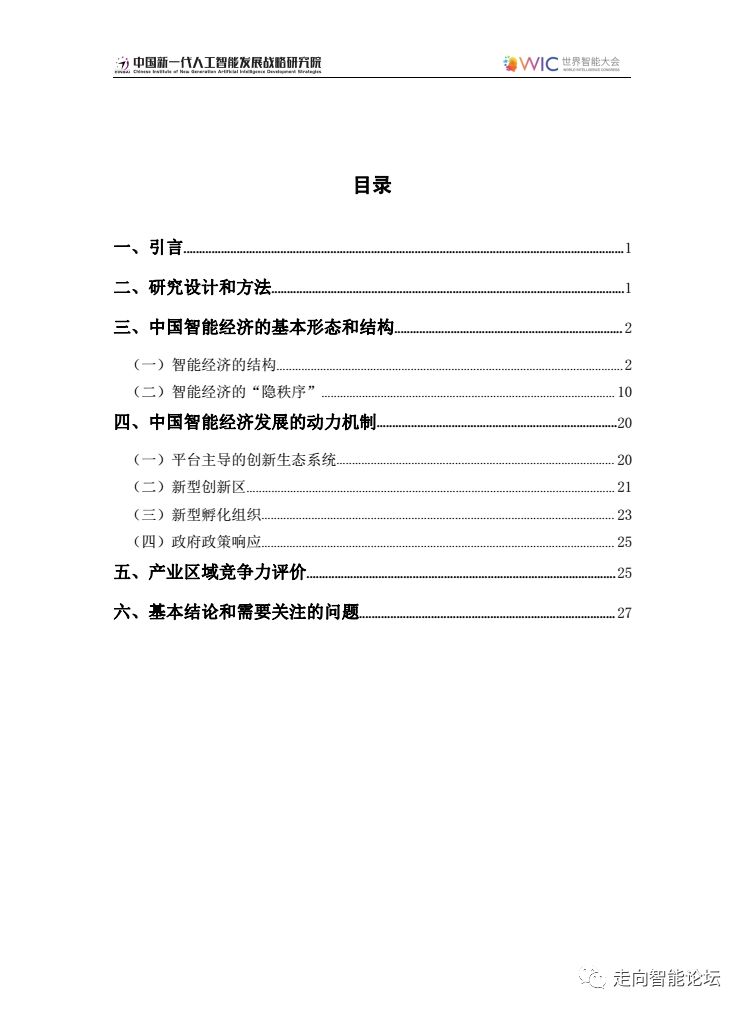
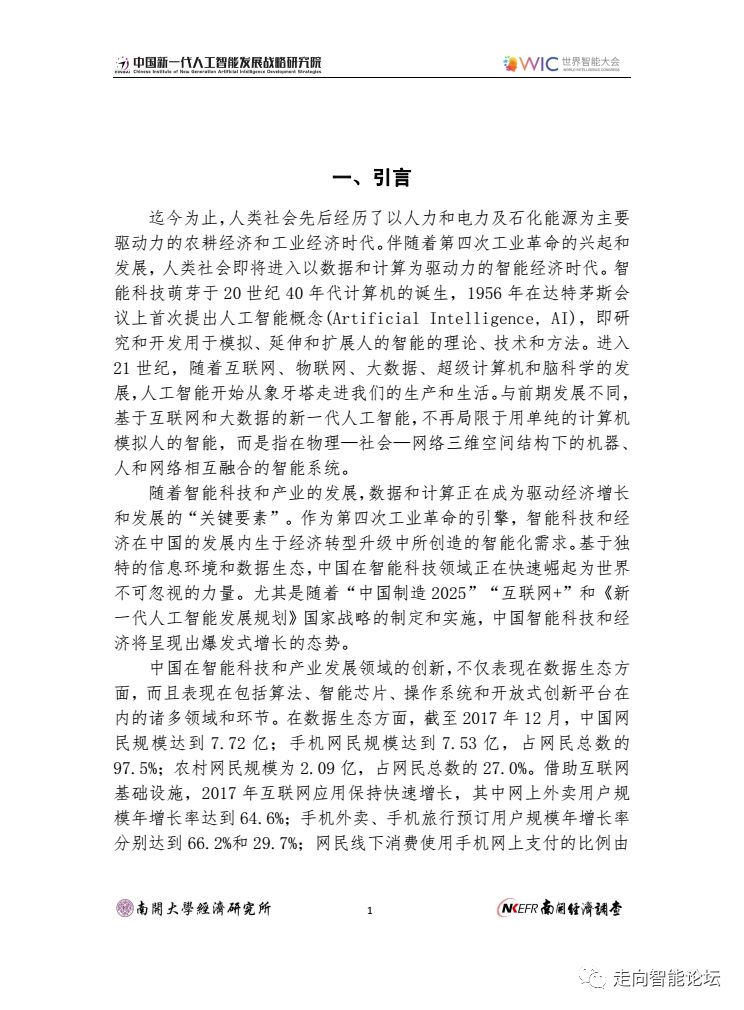
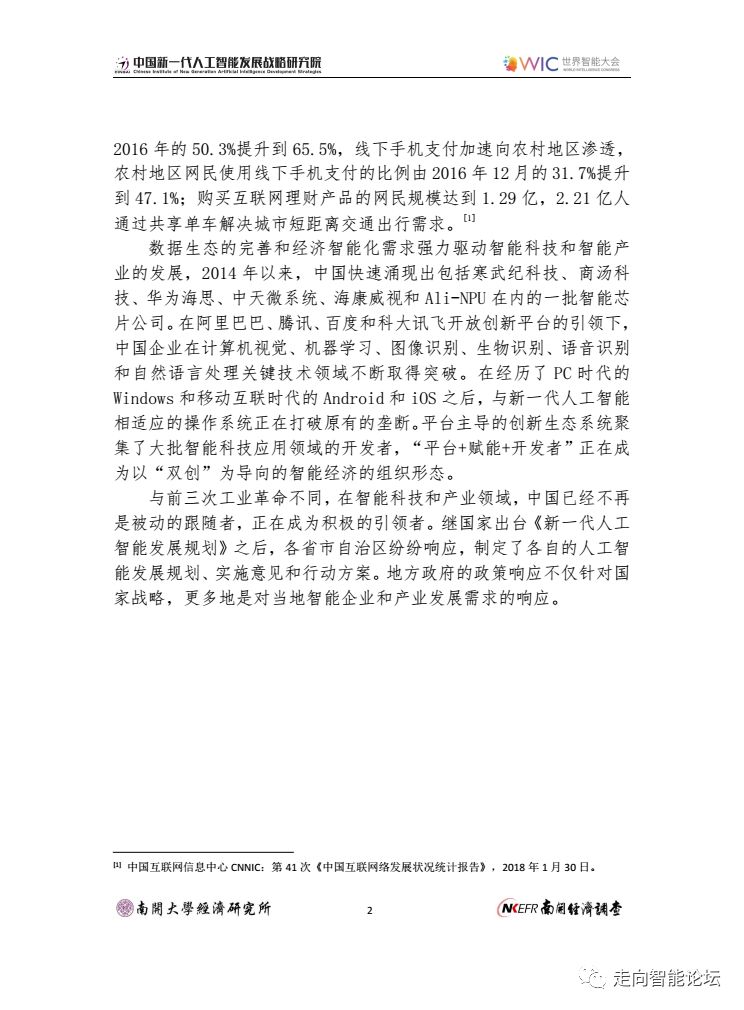
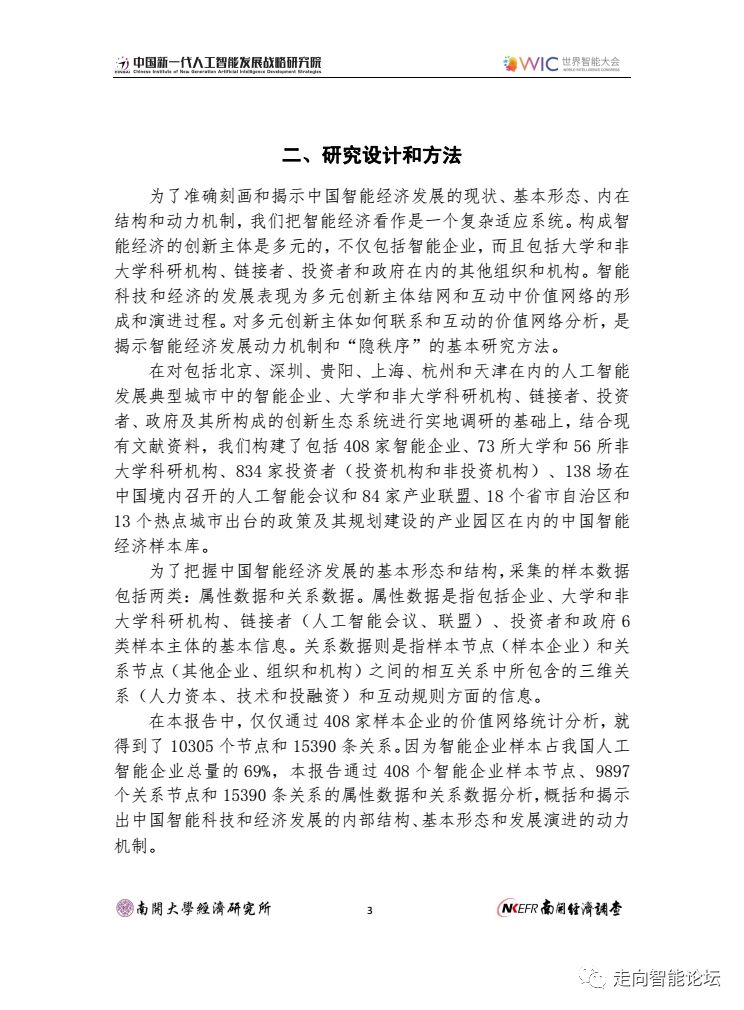
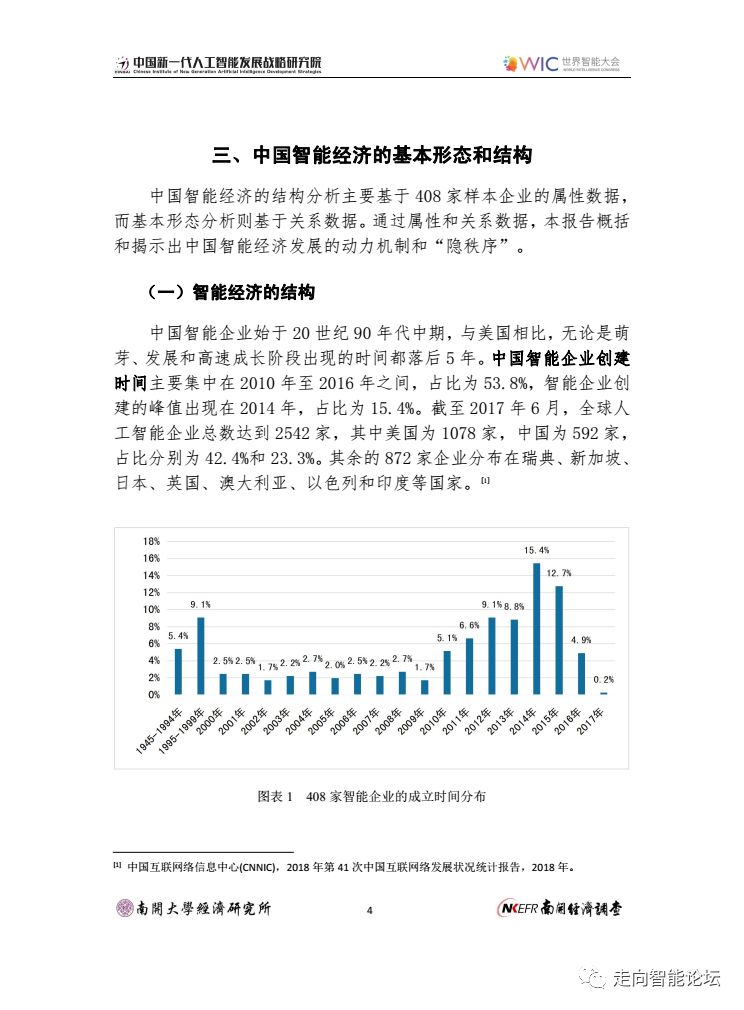
Large Diameter Stringing Pulley Block of various type including diameter 508mm, 660mm, 830mm and 916mm, which is specially used for paying off conductors over high voltage steel tower in power line transmission project. It is made of high strength MC Nylon or Alu alloy, etc. we are a professional Chinese exporter of Conductor Pulley and we are looking forward to your cooperation.
Stringing Pulley, Stringing Block, stringing roller, cable block, cable pulley
Yangzhou Qianyuan Electric Equipment Manufacturing & Trade Co.Ltd , https://www.qypowerline.com
